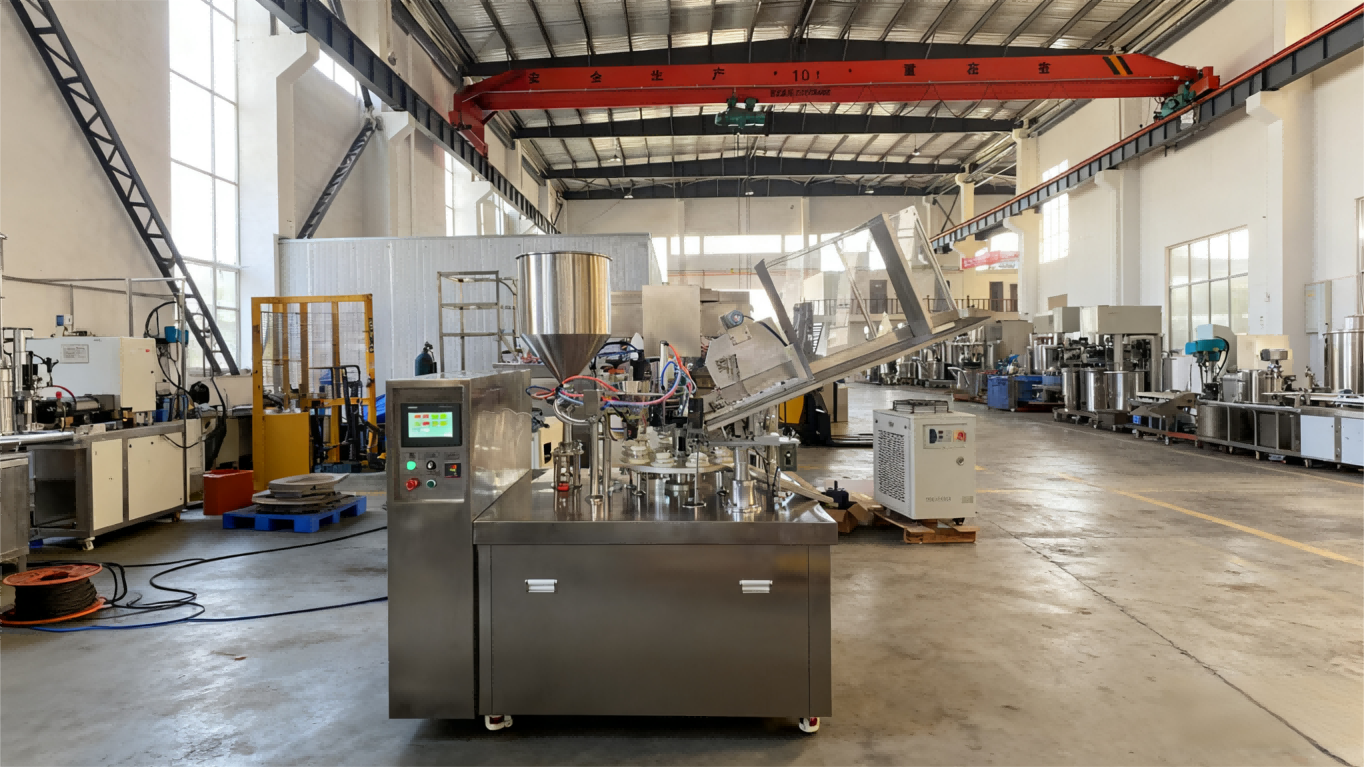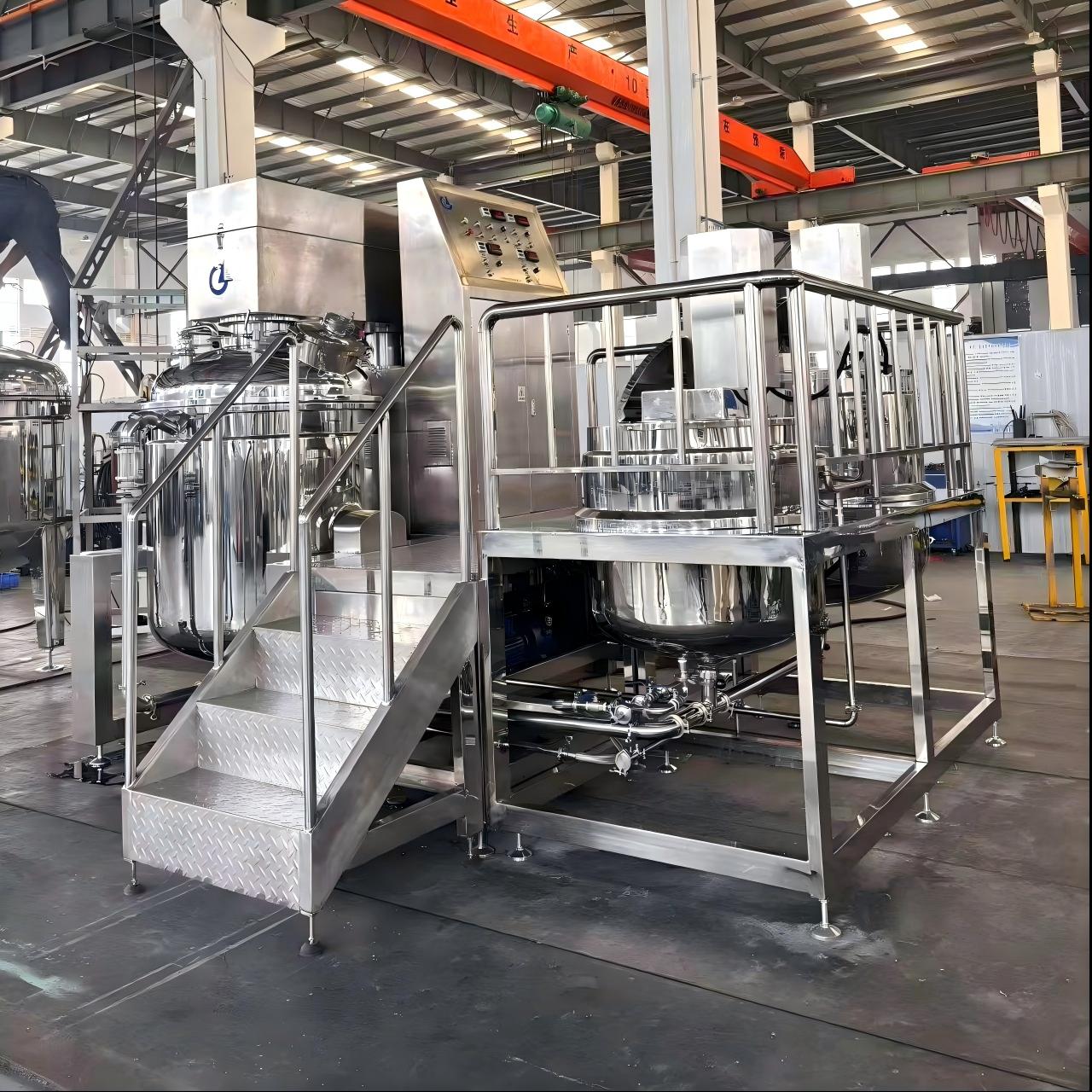Which Industries Are Vacuum Homogenizer Emulsifying Mixers Used For?
A vacuum homogenizer emulsifying mixer is a versatile device widely used across multiple industries, with particular prominence in cosmetics, pharmaceuticals, food, and chemicals. It integrates the functions of mixing, emulsifying, dispersing, and homogenizing—effectively enhancing product quality and stability.
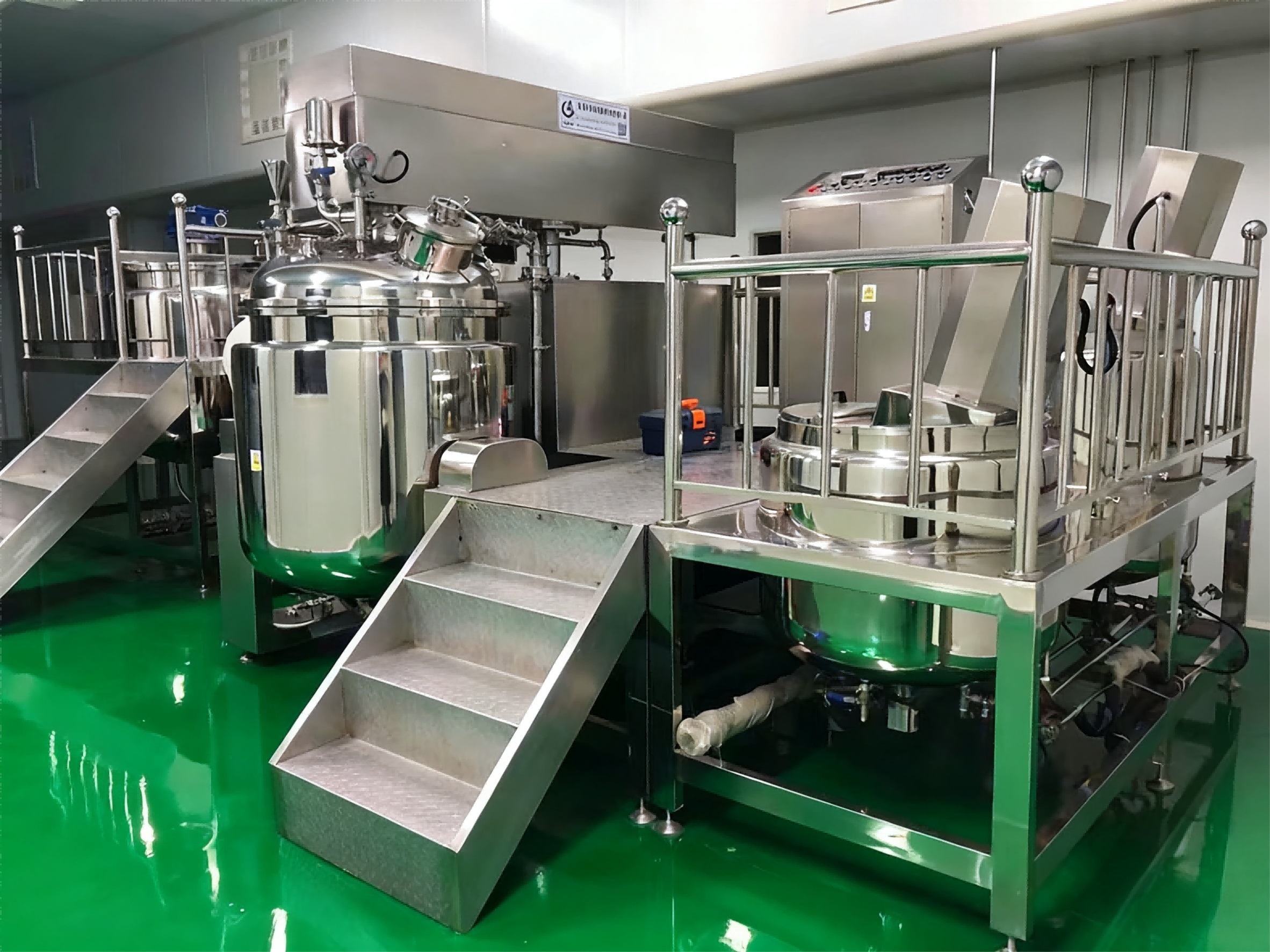
1. Cosmetics Industry
This equipment is indispensable for producing cosmetic products like creams, emulsions, lotions, and liquid makeup. By rapidly and uniformly blending raw materials (e.g., oils, water-based ingredients, and active extracts), it forms a stable emulsion system. This not only ensures consistent texture and appearance of the final product but also improves the absorption of active ingredients, elevating the product’s performance.
2. Pharmaceutical Industry
In pharmaceuticals, vacuum homogenizer emulsifying mixers are used to manufacture ointments, creams, gels, and other semi-solid preparations. Under vacuum conditions, they evenly mix drug actives with excipients (e.g., thickeners, stabilizers), eliminating air bubbles and preventing oxidation of heat-sensitive drugs. This ensures the uniformity of drug content per unit and enhances the stability and safety of pharmaceutical products.
3. Food Industry
The device is commonly applied in producing dairy products (e.g., yogurt, cream), sauces (e.g., mayonnaise, salad dressings), and functional beverages. It uniformly disperses ingredients like fats, proteins, and additives, forming stable emulsions or dispersions. This not only improves the smoothness and taste of food but also extends shelf life by reducing the risk of phase separation (e.g., oil floating in sauces).
4. Chemical Industry
Within the chemical sector, it is used to produce industrial emulsions (e.g., latex paints, lubricants), dispersions, and suspensions. Under vacuum, the mixer rapidly blends different chemical raw materials, avoiding the formation of agglomerates and ensuring the uniformity of the chemical system. This enhances the performance of end products—for example, improving the adhesion of paints and the lubricity of industrial oils.
Key Advantages of Vacuum Homogenizer Emulsifying Mixers
High mixing efficiency: Equipped with high-speed shear components (e.g., rotor-stator assemblies) and vacuum technology, it shortens mixing time by 30%-50% compared to traditional mixers, significantly boosting production efficiency.
Stable product quality: The vacuum environment prevents oxidation of raw materials and contamination by external impurities, while uniform mixing ensures consistent product performance across batches.
Broad application scope: As demonstrated in cosmetics, pharmaceuticals, food, and chemicals, it adapts to various material types (liquids, pastes, powders) and product requirements, meeting diverse industry needs.
Easy operation and maintenance: It features a user-friendly control interface (e.g., touchscreen with preset programs) and a modular structure—core components (e.g., mixing chamber, shear heads) are easy to disassemble and clean, reducing maintenance costs.
In summary, the vacuum homogenizer emulsifying mixer is a critical piece of equipment for multiple industries. By integrating multi-functional performance and stable operation, it not only improves product quality and consistency but also enhances production efficiency—making it a key asset for both small-batch R&D and large-scale mass production.
News
- Latest News
- Solutions
- FAQ
Recommend Products
-
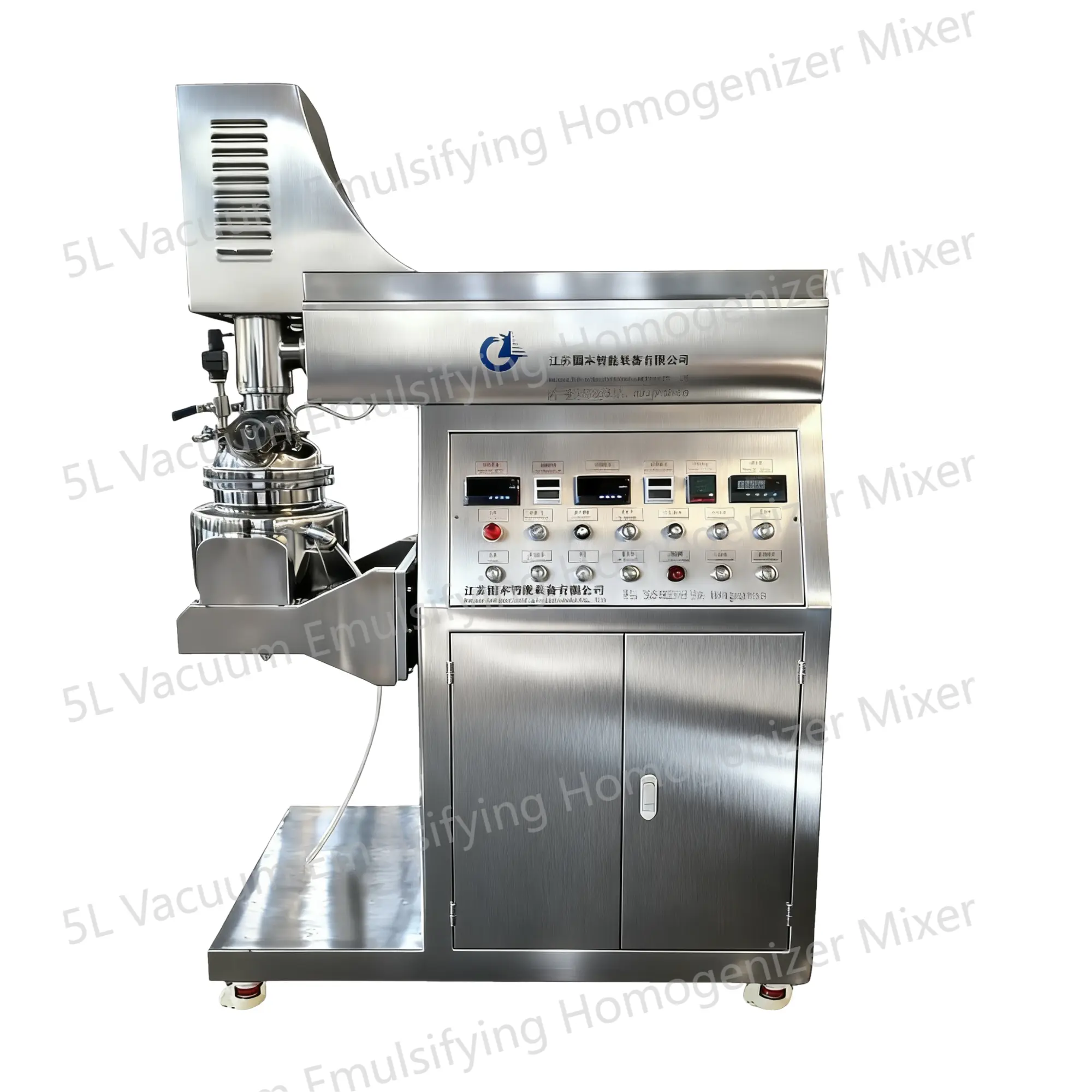 5L Vacuum Emulsifying Homogenizer Mixer
5L Vacuum Emulsifying Homogenizer MixerThe 5L vacuum emulsifying mixer is a device designed for emulsifying and mixing various substances in a vacuum environment. This equipment is equipped with a mixing tank with a capacity of 5 liters and is widely applied in industries such as food, pharmaceuticals, cosmetics, and pesticides.
-
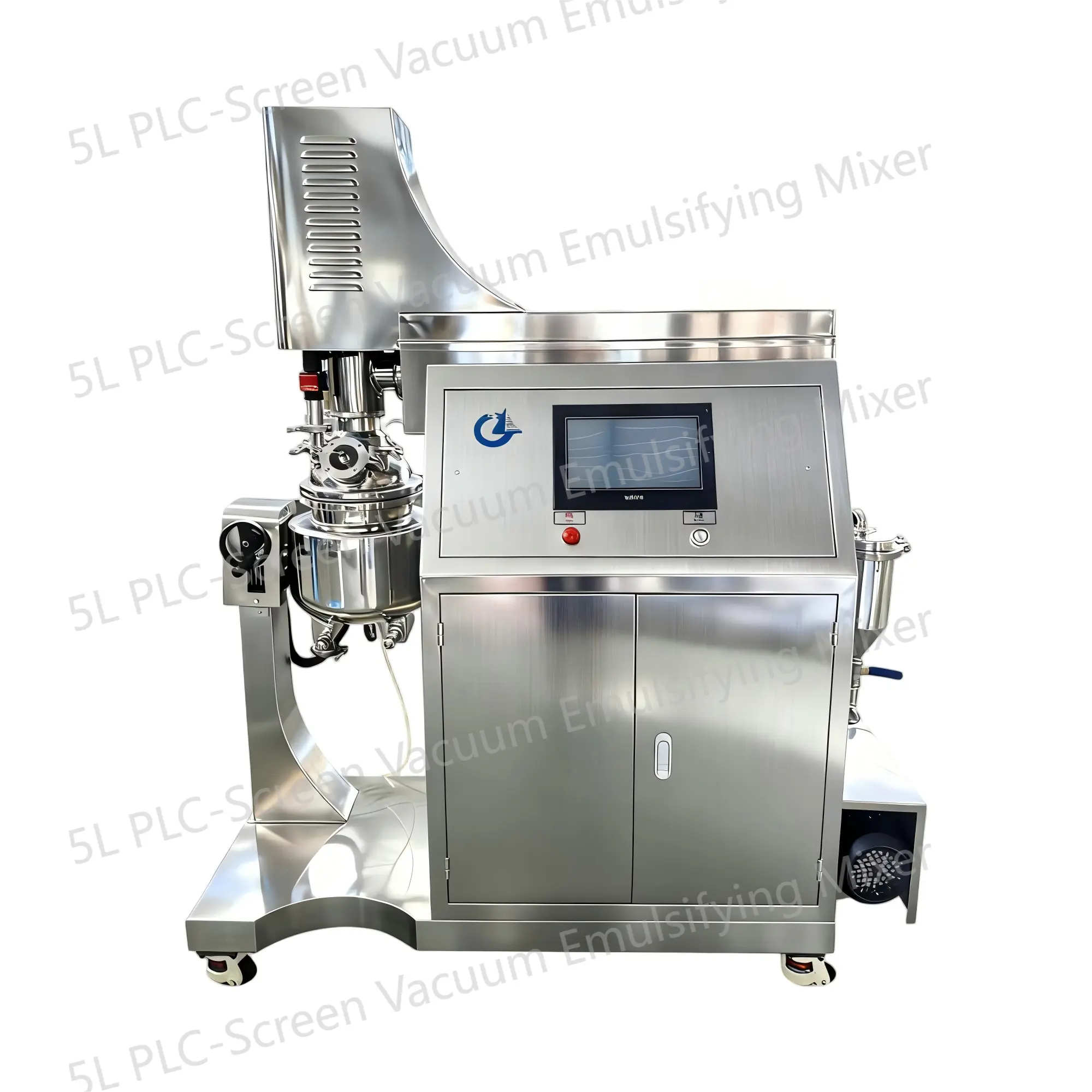 5L PLC-Screen Vacuum Emulsifying Mixer
5L PLC-Screen Vacuum Emulsifying MixerThe 5L PLC-Screen Vacuum Emulsifying Mixer is a device designed for emulsifying and mixing various substances in a vacuum environment. This equipment is equipped with a mixing tank with a capacity of 5 liters and is widely applied in industries such as food, pharmaceuticals, cosmetics, and pesticides.
-
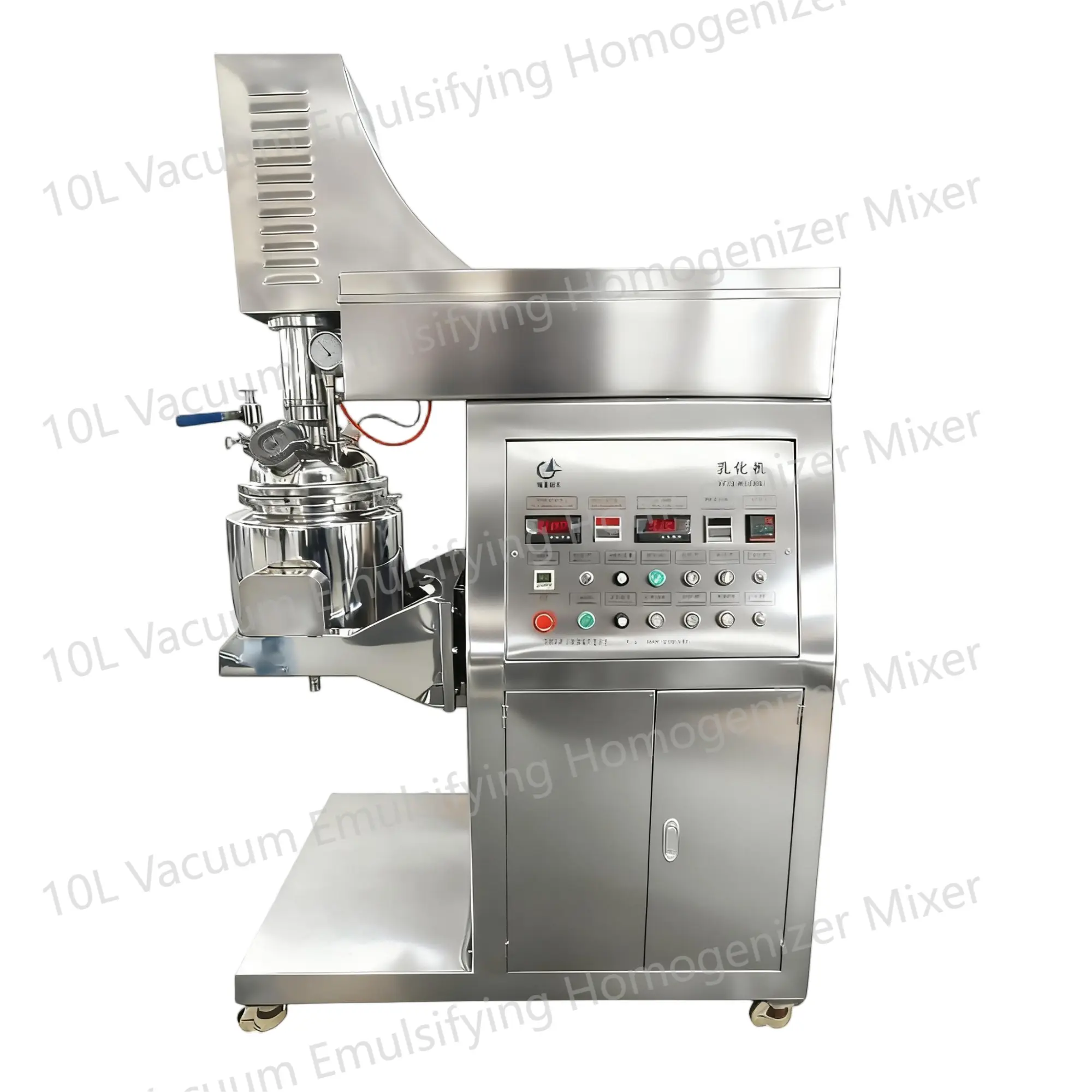 10L Vacuum Emulsifying Homogenizer Mixer
10L Vacuum Emulsifying Homogenizer MixerThe 10L Vacuum Emulsifying Mixer is a device used for emulsifying and mixing various substances in a vacuum environment. It is commonly used in industries such as food, cosmetics, and pharmaceuticals.


 English
English Russian
Russian French
French Spanish
Spanish Portuguese
Portuguese Korean
Korean Japanese
Japanese Thai
Thai
